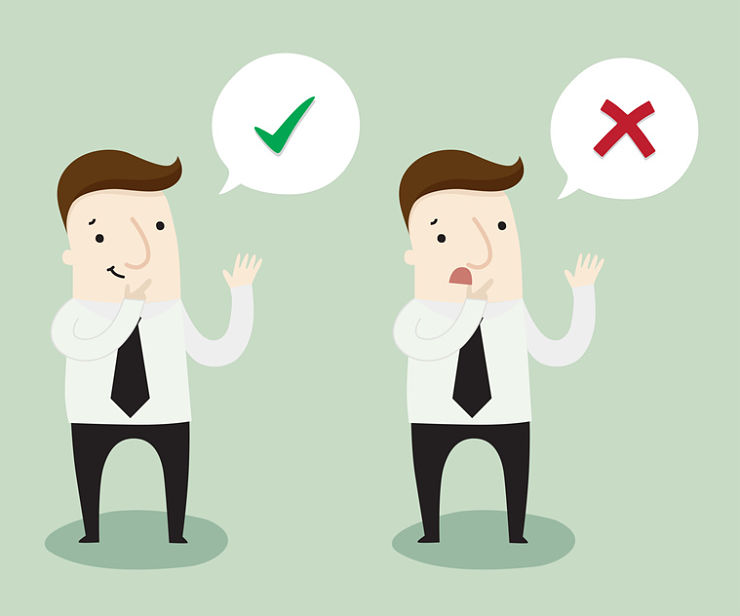The bankruptcy trustee’s question was straightforward (if inartful) yet the business owner nearly blew the answer.
The trustee asked: are you the sole owner of your business?
When my client hesitated, she followed up: are you a sole proprietor?
Focusing on the fact that he was the only person with an interest in the business, he said yes.
Wait a minute, was my response. That’s not so.
It took several minutes of sworn testimony at the first meeting of creditors to sort the matter out.
Who owns the corporate business
We were once again experiencing the phenomenon of the shape-shifting business owner. The businessman had, in his mind, morphed into a sole proprietor rather than a stockholder.
The debtor was the sole owner of the corporation that owned and operated the failed business.
He was correct that no one else had an interest. He skipped over the part that it was another legal entity, his corporation, that actually owned the assets and owed the debts of the business.
He owned the corporation that owned the business.
Why it matters
A sole proprietor owns a business as a personal asset. In law, he owns the assets of the business and is liable for its debts.
A sole proprietorship has no legal existence separate from the owner. The proprietorship may adopt a fictitious business name, but behind that dba is the individual who owns and operates the business.
So, if my client were a sole proprietor, the inventory of the business would have been an asset of the bankruptcy estate created when he filed bankruptcy. The business bank accounts would fall to the control of the trustee.
When a corporation is created, it becomes a legal entity distinct from the individuals who own the shares in the corporation. The corporation can have its own debts and its own funds that don’t belong directly to the shareholders.
That’s why business people incorporate: to create a legal “person” that can take risks without exposing the shareholder’s other assets to that risk.
When my client filed his Chapter 7 case, his stock in the corporation was an asset of the bankruptcy estate, but not the business itself. The business was owned and operated by the corporation.
Since the corporation had tons of debts, the stock that the bankruptcy trustee could administer had no net value. That’s because, equity holders get money when a corporation liquidates only after creditors of the corporation have been paid off.
The takeaway
The first meeting of creditors in a bankruptcy case is the trustee’s opportunity to gather more information about what the debtor owns and owes.
Once you focus on what the trustee needs to get from the meeting, it’s easier to answer correctly and avoid the confusion that happened in my case.
When confusion ensues, it’s important to sort it out on the spot.
And that’s how I earned my keep in this case.
More
Rules for testifying at a bankruptcy hearing
How corporate officers can avoid personal liability
When a business needs to wind down






